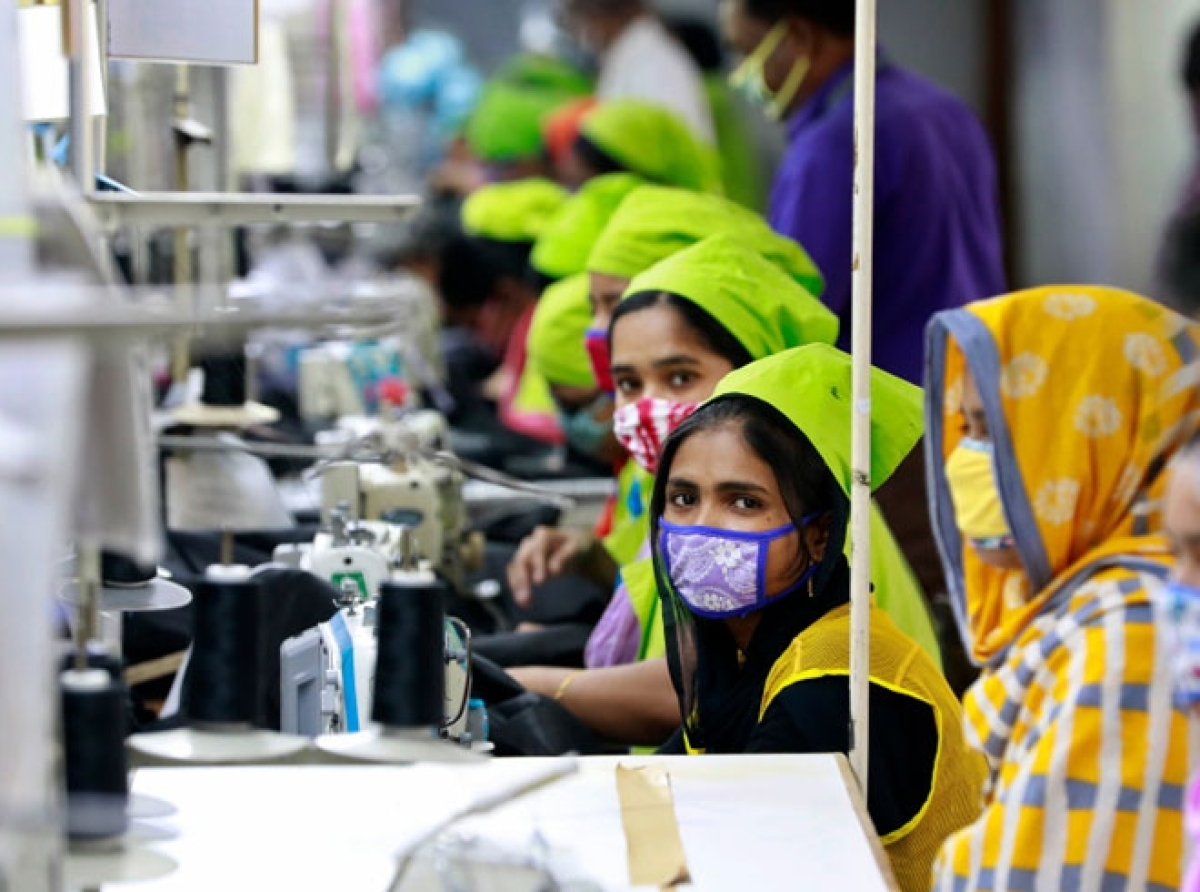Indian Apparel Industry Shows Signs of Recovery from COVID-19 Impact

17 May 2023, Mumbai
The Indian textile and apparel industry's sales and EBIDTA drastically decreased in the first half of FY 21. However, there have been indications of a remarkable rebound as of Q2 FY21. The covid-19 pandemic hurt the textile industry's sales and profitability.
Historical view
Due to the pandemic, the Wazir Textile Index (WTI) had a sharp decline in revenues and EBIDTA in H1 FY21. Compared to H1 FY20, overall sales in H1 FY21 decreased by 36%. Compared to H1 FY20, the overall EBITDA fell by 58% in the first half of FY21. Costs associated with labor and raw materials (RM) fell by 36% and 23%, respectively, over the same period.
About the market performance of the Indian textiles industry, the most recent edition of the WTI, which includes the highlights of the cumulative financial performance of the top Indian textile businesses, has recently been released for H1 FY21.
Snapshot
The WTI reports that the combined sales of the top 10 companies were $12,934 crore in the first quarter of FY21 as opposed to $20,235 crore in the same period last year, a decrease of 36%.
For the top corporations chosen, the average EBITDA margin fell by 4.5 percentage points in H1 FY21 compared to H1 FY20. Compared to the same time in the prior fiscal year, the average personnel cost climbed by 2.3 percentage points in H1 FY21, while the average RM cost declined by 0.3 percentage points.
India's GDP shrank by a record 15.8% in the first half of FY21, falling from $71.3 lakh crore same as last year to $60 lakh crore.
Titbits
Comparing H1 FY21 to H1 FY20, the average Index of Industrial Production (IIP) for garments declined by 47%, while that for textiles experienced a significant decline of 44%. Compared to H1 FY20, the Wholesale Price Index (WPI) for textiles fell by 4% in H1 FY21, while the WPI for garments fell by 0.4%.
The exports of textiles and apparel (T&A) fell by 29% from H1 FY20 to $11.9 billion in H1 FY21. The most significant drops, at 49% and 39%, were seen in the exports of filament and clothing, respectively. With a combined share of 57%, the US, EU-28, and UAE continue to be India's leading export markets for T&A products.
Due to an increase in cotton exports in response to the US embargo on acquiring cotton goods from China, fiber exports in Q2 FY21 showed a considerable recovery of 78% yearly. Exports of home textiles experienced a steady recovery in Q2, driven by solid hygiene and wellness demand in the US and EU.
The current crisis has caused the clothing industry to undergo a "refresh" period. The stakeholders never anticipated the pandemic's duration or effects. As change is necessary for every industry, it is time to deal with the crisis using several managerial methods to help it recover.
This section offers a series of recommendations especially suited for the Indian context while considering the industry's size. An extensive value chain may be seen in the Indian market.
The economy sustains everything, from the primary component to the ultimate consumer.
Big box shops significantly increased their market share in the past ten years because they were better at designing fashion products and had higher social standing.
The winner takes it all
Major markets in major cities were taken over by foreign brands, forcing domestic brands to relocate to smaller towns to stay in business. Through its Make in India (2014) efforts, the Indian government has consistently emphasized domestic goods.
These programs were developed to support Indian entrepreneurs and fight against imports and foreign brands. A present shift in the market serves as a good illustration; due to the pandemic, Indian firms have completely stopped importing goods from China.
Spar over borders
Due to political unrest, 118 Chinese apps, including TikTok and Shareit, were also blocked. Consumer attitude toward local brands has been sparked across industries by this movement.
Still, for businesses to capture market share, they must create fashionable goods that are both trendy and unique.
With a population of over a billion, the Indian consumer market is pretty sizable. The industry may experience typical growth in the desired amount of time if provided with the correct goods.
The entire value chain will begin to recover from the crisis and stop depending on imports once local fashion products become popular in the market.
























